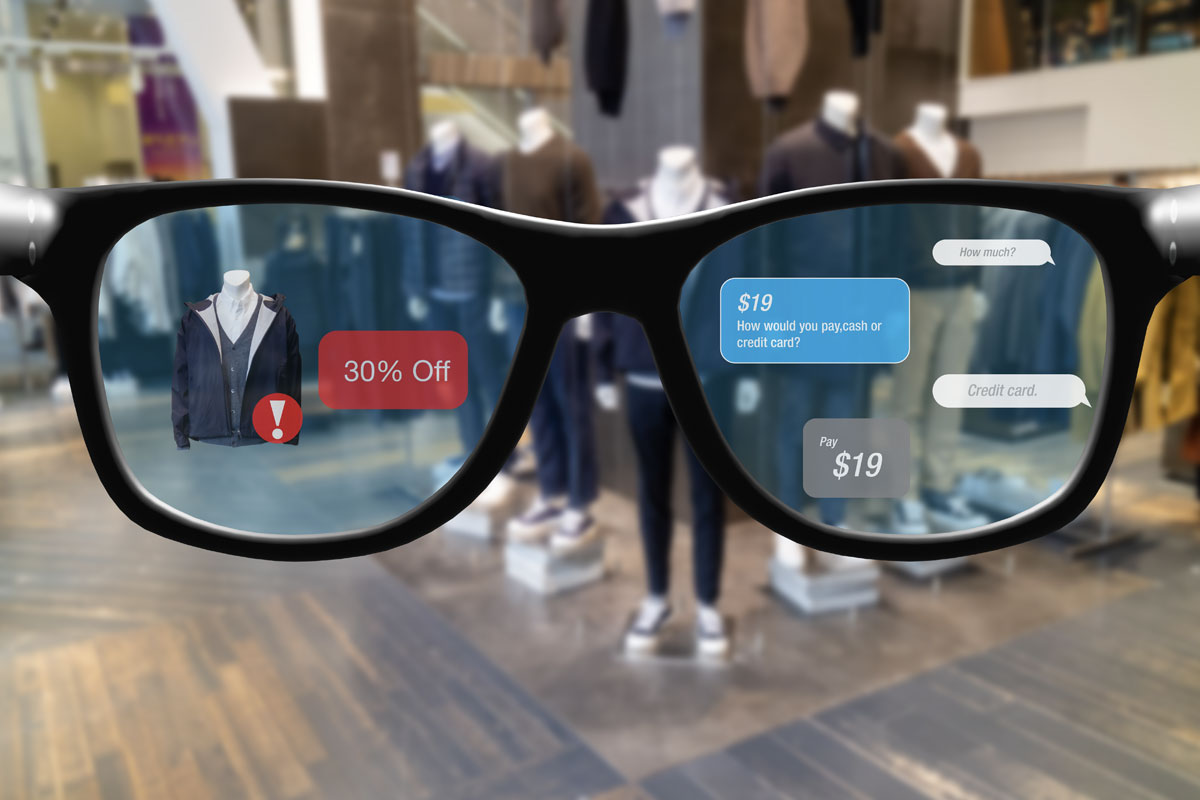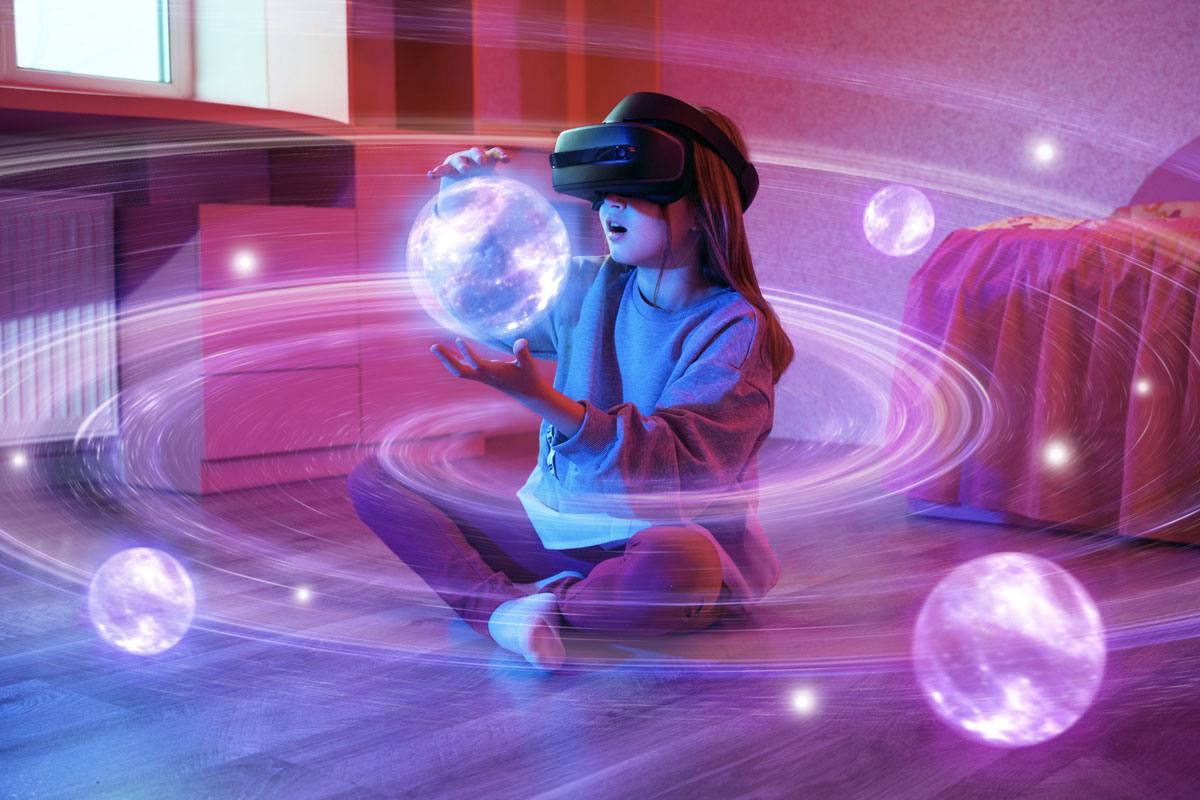
Smart glasses have been around for a while, but their potential is only now starting to be realized. With the integration of Artificial Intelligence (AI) and the advancements in miniaturization, smart glasses are poised to revolutionize how we interact with technology. This blog will look at the different types of smart glasses, how AI is involved in their development, and the impact they will have on our daily lives.
Types of Smart Glasses
Smart glasses come in a variety of forms, each with its unique features. The three main types of smart glasses are Augmented Reality (AR), Virtual Reality (VR), and Hybrid.
Augmented Reality (AR) Glasses
AR glasses are designed to overlay digital information in the real world, and this information can range from basic navigation directions to more complex data displays. A buzzworthy product in this space is OPPO’s second-generation Air Glass. This updated take on AR spectacles weighs in at only 38 grams, and supports vision correction and customization, making them almost indistinguishable from regular glasses. The Air Glass 2 can also make phone calls, translate in real time, provide location-based navigation, convert voice into text for the hearing impaired, and more.
Additionally, a construction worker could use AR glasses like the HoloLens 2 to access blueprints and schematics while on the job without having to stop and refer to a separate device. Likewise, AR glasses can also be used in gaming, entertainment, and education, providing a more in-world experience. One example of this is the AR-powered game, “Pokemon Go,” which became a massive hit in 2016 and showed the potential of AR in entertainment.
Virtual Reality (VR) Glasses

VR glasses, on the other hand, are designed to create a fully-immersive digital environment. VR glasses can be used for gaming, entertainment, and even education, providing users with a unique experience. For example, medical students can use VR glasses like the Oculus Quest 2 to learn about anatomy and surgery without relying on traditional textbook-style learning methods.
Hybrid Glasses
Hybrid glasses are a combination of AR and VR glasses, offering the best of both worlds. Depending on the user’s needs, they can be used for both augmented and virtual experiences. Hybrid glasses like the North Focals from North, a subsidiary of Google, can also provide a more seamless and integrated experience, blending digital and real-world environments in new and exciting ways.
AI and Smart Glasses
AI plays a crucial role in developing smart glasses by enhancing their capabilities and making them more intuitive and user-friendly. For example, AI can help improve image recognition, enabling smart glasses to identify objects and provide relevant information in real-time. AI can also improve voice control, making it easier for users to interact with their glasses hands-free. Natural language processing (NLP) is another area where AI is being used to improve the user experience, allowing smart glasses to understand and respond to natural language commands.
Impact on Daily Life
Smart glasses can potentially transform how we interact with technology, making our lives more convenient and efficient. They can also change how we work, learn, and entertain ourselves.
In the workplace, smart glasses can help improve productivity, allowing employees to access information and complete tasks hands-free. For example, a factory worker could use smart glasses like the Vuzix Blade AR Smart Glasses to access machine schematics and troubleshoot problems on the fly without having to stop and refer to a separate device.
In education, smart glasses can provide a more immersive and interactive learning experience. Students can use VR glasses like the Oculus Quest 2 to explore digital environments, such as the human body’s inner workings. What would be impossible to visit in real life is now made possible by AI and smart glasses, leading to a deeper understanding of the subjects they are studying and a more engaging learning experience.
In entertainment, smart glasses have the potential to revolutionize the way we consume media. With AR glasses like the HoloLens 2, users can experience movies and games in new and exciting ways, with digital information and characters appearing in the real world. For gamers looking to jumpstart a long-distance road trip, the Holoride Retrofit can create an in-car motion-synced experience that is fully immersive. Simply pair with a VR headset, and the Retrofit senses the car’s motion and position and transmits it to the device simultaneously.

How Ambiq Contributes
Smart glasses are poised to transform how we interact with technology, making our lives more convenient, efficient, and enjoyable.
At Ambiq®, ultra-lower SoCs extend the processing capability and battery life in wireless devices and advanced wearables to enable a more feature-rich experience. Indeed, through our advanced Sub-threshold Power Optimized Technology (SPOT®) platform, Ambiq has helped many leading manufacturers worldwide create products that can operate for days, months, and sometimes years on a lithium battery or a single charge. Visit https://ambiq.com/wearables for more information.


